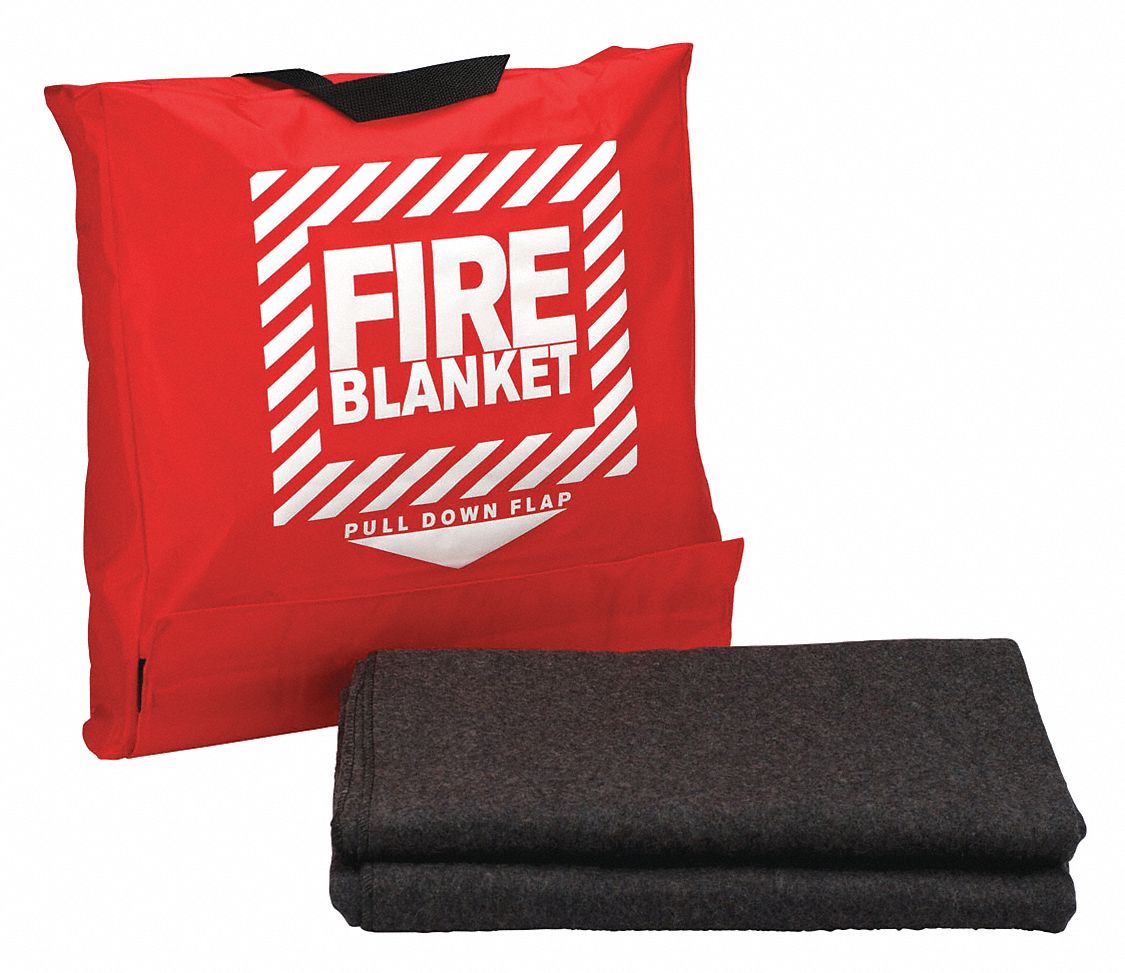Essential Gear to Ignite Your Firefighting Game!
When it comes to firefighting, having the right equipment can make all the difference between a successful response and a disastrous situation. Whether you are a professional firefighter or a dedicated enthusiast, equipping yourself with the best firefighting gear is essential for protecting lives and battling flames effectively. With the ever-evolving nature of fire risks, staying updated on the latest and most reliable equipment can enhance your readiness and effectiveness in the field.
In this guide, we will explore some of the essential firefighting equipment that can ignite your firefighting game. From personal protective gear to cutting-edge tools, investing in high-quality equipment not only boosts your confidence but also ensures safety when facing unpredictable situations. Let's dive into the must-have gear that every firefighter should consider to enhance their skills and capabilities.
Protective Gear
Firefighting is an inherently dangerous profession, making protective gear an absolute necessity. The primary component is the turnout gear, which includes a coat and pants made from flame-resistant materials. This gear not only provides thermal protection from heat and flames but is also designed to resist water and other hazardous substances. A well-fitted set of turnout gear ensures that firefighters can move freely while remaining protected from environmental dangers.
In addition to turnout gear, knowing the importance of helmets and gloves is crucial. Firefighting helmets are typically constructed from lightweight materials that can withstand high temperatures and impacts. They also often feature face shields or goggles to protect the eyes from embers and debris. Gloves designed for firefighting are equally vital, offering dexterity while providing insulation against heat and cuts. fire fighting equipment of head and hand protection is essential for safety during hazardous operations.
Lastly, the significance of respiratory protection cannot be overstated. Self-contained breathing apparatus (SCBA) is critical for ensuring that firefighters can breathe safely in smoke-filled environments. SCBAs are designed to provide breathable air while preventing inhalation of toxic fumes. Proper training in the use of this equipment is essential, as it enables firefighters to operate efficiently in high-stress situations where air quality may be compromised. Together, this protective gear forms the frontline defense against the dangers of firefighting.
Firefighting Tools
Firefighting tools are essential for effective response during emergencies. One of the most important tools is the fire axe, which is used to break down doors or access points in emergency situations. A quality fire axe can provide versatility, serving multiple purposes such as cutting and prying. Firefighters rely on this tool not only for entry but also for creating ventilation in structures, making it a staple in any firefighting arsenal.
Another critical tool is the hose. Fire hoses come in various sizes and types, each serving a specific purpose. The standard firefighting hose is designed to withstand high pressures and deliver water efficiently. For quick responses, lightweight hoses are also available, allowing firefighters to maneuver rapidly and combat flames effectively. Ensuring that the team has reliable and properly maintained hoses is crucial for successful firefighting operations.
Lastly, hand tools like shovels, rakes, and pike poles play a significant role in wildland firefighting. These tools assist in creating fire breaks, clearing debris, and handling flames within rugged terrains. Having an assortment of these hand tools ensures that firefighters are prepared to tackle a variety of challenges they may encounter while protecting lives and property from the devastating effects of fire.
Emergency Equipment
When it comes to firefighting, having the right emergency equipment can make a significant difference in both effectiveness and safety. One of the most crucial items is the fire extinguisher. Fire extinguishers are categorized based on the type of fire they are designed to combat, including Class A for ordinary combustibles, Class B for flammable liquids, and Class C for electrical fires. It's vital to have the correct extinguisher easily accessible and ensure that all team members are trained on its use.
Another essential piece of emergency equipment is a first aid kit specifically designed for firefighting scenarios. This kit should include supplies to treat burns, cuts, smoke inhalation, and other injuries that could occur in a fire emergency. Regular checks and replenishment of the first aid kit are crucial to ensure that all items are in date and ready for use. Having this equipment readily accessible can significantly improve response times for medical emergencies on the scene.
Additionally, a thermal imaging camera is invaluable for locating hot spots, hidden fires, and potential victims in low-visibility conditions. These cameras help firefighters navigate through smoke and darkness, providing a clearer assessment of the situation. Investing in high-quality thermal imaging technology can enhance safety for both firefighters and civilians, allowing for more effective and targeted firefighting efforts.
